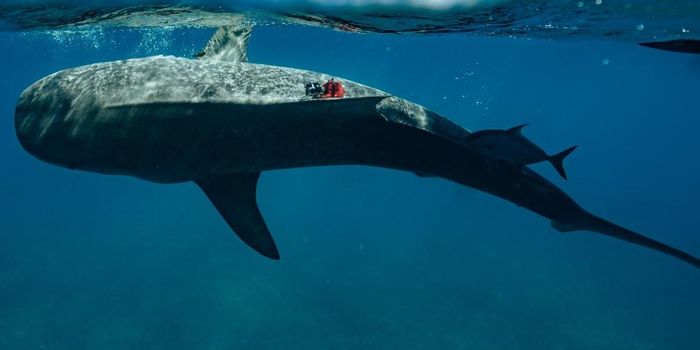Researchers assessed 98 wooly mammoth specimens found in parts of Siberia and learned that most fossilized remains came from males of the species; about seven of every ten of the samples belonged to males. The investigators suggested that's because male mammoths tended to travel alone and these inexperienced animals fell into natural traps like bogs, lakes, and crevices. That in turn, made it more likely that their bodies would be preserved.
"Most bones, tusks, and teeth from mammoths and other Ice Age animals haven't survived," noted Love Dalen of the Swedish Museum of Natural History. "It is highly likely that the remains that are found in Siberia these days have been preserved because they have been buried, and thus protected from weathering. The new findings imply that male mammoths more often died in a way that meant their remains were buried, perhaps by falling through lake ice in winter or getting stuck in bogs."
"We were very surprised because there was no reason to expect a sex bias in the fossil record," added Patrícia Pecnerova, also of the Swedish Museum of Natural History. "Since the ratio of females to males was likely balanced at birth, we had to consider explanations that involved better preservation of male remains."
Now the researchers want to know if this same type of seeing can be seen in the fossil records of other species.








